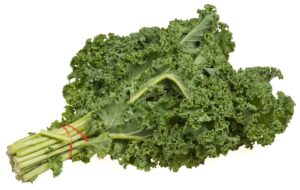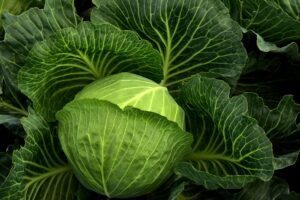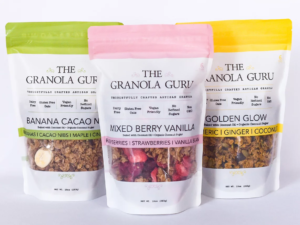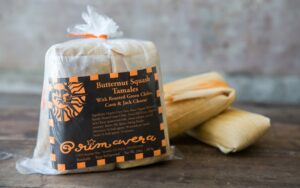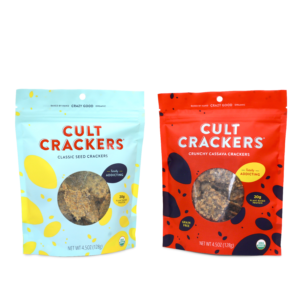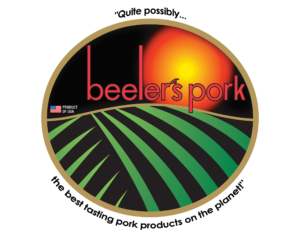Organic Green Kale
Season: Grown in California!
Flavor: Kale has a strong and earthy taste. The leaves are dry, tough, crunchy, and strong tasting. It is a hearty leafy green, yet it is not spicy like arugula. Young kale has softer, thinner leaves with a mild taste.
Storage: For a bunch of whole leaves, it’s all about avoiding excess moisture. Wrap the bunch of kale in a layer of paper towels, and store in an airtight bag in the refrigerator crisper drawer. The kale should be in great shape for a week.
How to use: Kale is delicious steamed, stir-fried, roasted, raw and “massaged,” and is tasty in smoothies, salads, stir fried, wilted into soup, mashed with potatoes, kale pesto; the list of uses for this vegetable go on and on.
Nutrition: Anti-inflammatories in the form of Omega-3 fatty acids and Vitamin K; antioxidants in the form of carotenoids, Vitamins C and E, as well as dozens of flavonoids (found in the pigments); cancer-fighting glucosinolates, just to name a few. For just 36 calories, one cup of kale contains three grams of fiber, 93 mg of calcium, 2.5 grams of protein.


